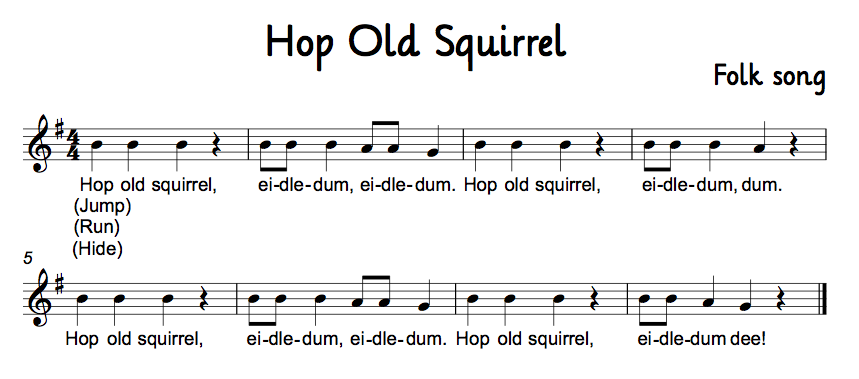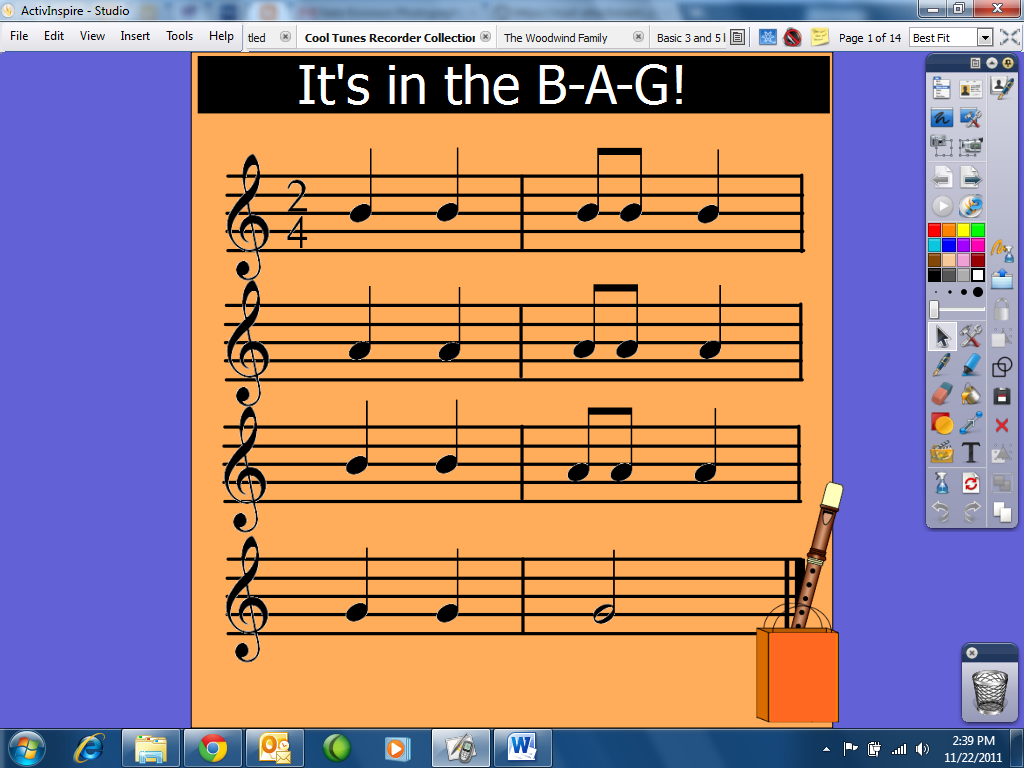

On it, get really good at the style you like best. And you get to learn both ways, and have two very different styles to choose from, if that's what you want - or you can pick one, and focus It's a lighter style - in order for the "hops" (where I use the finger I just used on the previous button) not to stand out, I can play the other notes as hops, too, rather than smooth transitions - and it's just a stylistic choice. (English concertina is really hard on your pinkies: the weight of the instrument is carried on them.) I have this choice on the Hayden - I can pick the style that doesn't hurt my pinkies. So here I am in a dilemma, which do I pick? When my pinkies are killing me and I'm deciding which instruments to focus on for today's practice time, I generally lean towards the instruments that don't hurt my pinkies - recorder, fiddle/viola, fingerpicking Hayden. If you have arthritis in your pinkies like me, or your pinkies are short and not very strong, you'll like the first approach better if, like me, you like being able to connect the notes into a smoothly flowing line, you'll like the second approach. Like a legato piano, a flowing violin, a swooping harp. Good at it, you'll be able to make the notes flow into one another, In the second fingering, go for smooth, long notes. In the first one, you might want to imitate a guitar - fingerpicking style - make all the notes short and light, allowing a little silence between each note so at the "hop" from 1 to 1 (G to c), it sounds

Here's the first phrase, in two different fingerings, broken into tiny tunelets: 1 2 3 1 1 3 3 2 1 1 3 3 2 1 G2 A | B2 G | c2 B |(B A) G c2 B |(B A) G OR: 2 3 4 2 1 4 4 3 2 1 4 4 3 2 G2 A | B2 G | c2 B |(B A) G c2 B |(B A) G Try them both. X:1 T:Oh, how lovely is the evening M:3/4 L:1/4 K:G |"Oh," G2 "how"A | "love -" B2 "ly" G |"is" c2 "the" B \ | "eve -" (BA) "ning," G |"is" c2 "the" B | "eve -" (BA) "ning," G | |"when" B2 "the" c | "bells" d2 "are" B | "sweet -" e2 "ly" d \ | "ring -" (dc) "ing," B | "sweet -" e2 "ly" d | "ring -" (dc) "ing" B | |"Bim" G3 | "bom" G3 | "bim" G3 | "Bim" G3 | "bom" G3 | "bim" G3 | and the abc, minus the words, but with numbers showing the phrases, or parts, of the round: 1, 2, 3: X:2 T:Oh, how lovely is the evening M:3/4 L:1/4 K:G | "1"G2 A | B2 G | c2 B | (BA) G | c2 B | (BA) G | | "2"B2 c | d2 B | e2 d| (dc) B | e2 d | (dc) B | | "3"G3 | G3 | G3 | G3 | G3 | G3 | The first challenge is which fingers to use where. Here's a link: - First, the abc, with words, formatted to print nicely. The tunes are made to harmonize with themselves.

If you've never met rounds before, they're little tiny gems of music which people sing in small groups, one person starting the first phrase, then when the first person gets to the the second phrase, the next person starts with the first phrase, and so on. Or, if singing isn't your thing, but harmony is - rounds are a delightful way of exploring two, three, four part harmony and of getting your left hand and right hand working independently, too. If you're thinking you want to sing and accompany yourself on concertina, this is a good starting point: simple tune, simple words, lots of interesting challenges to expand into once you get the basic pattern down. Chapter eleven of Judy's harum scarum Hayden tutorial - Section One - Here's a favorite tune, a round my mother used to sing me and my sister to sleep with: O wie wolh ist mir am abend / Oh how lovely is the evening.


 0 kommentar(er)
0 kommentar(er)
